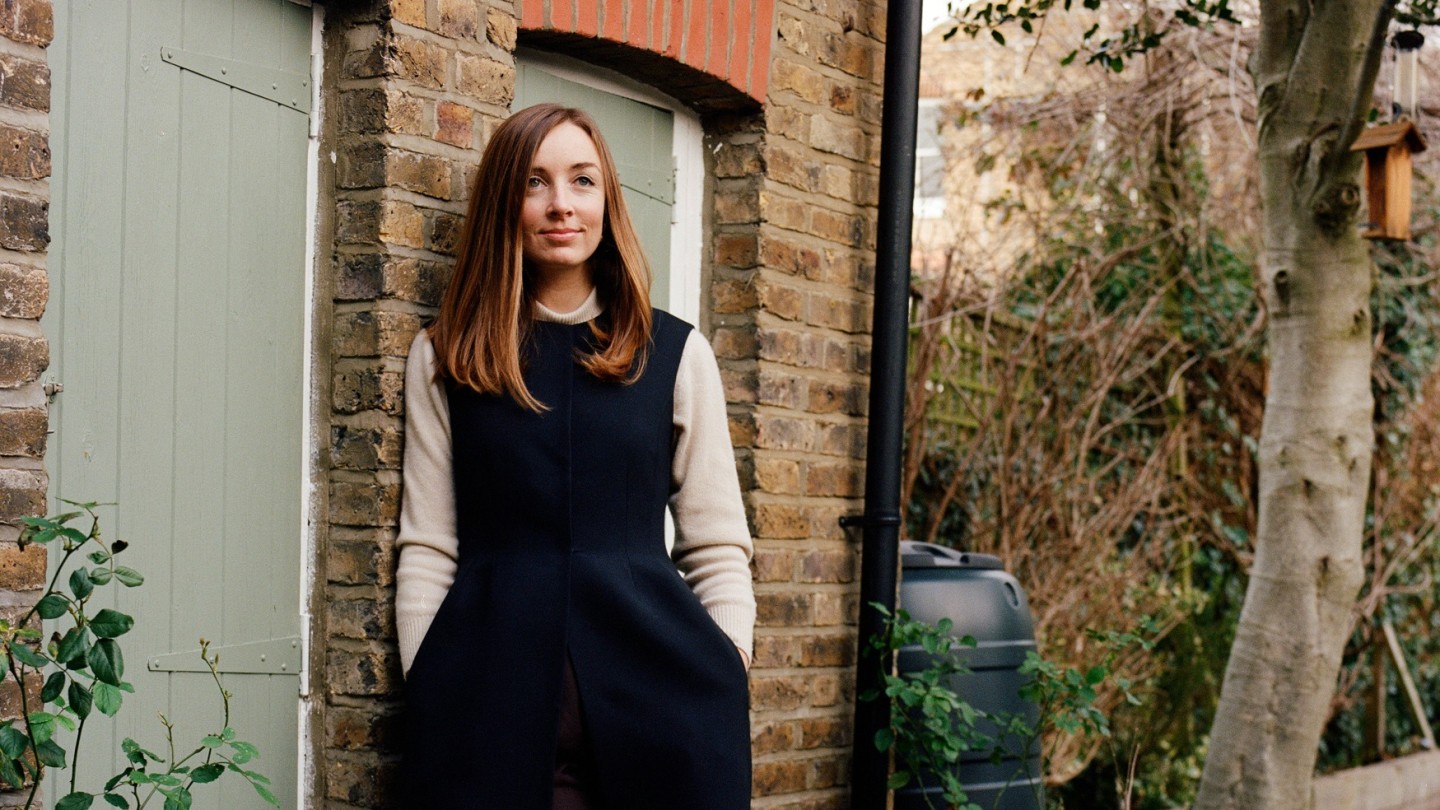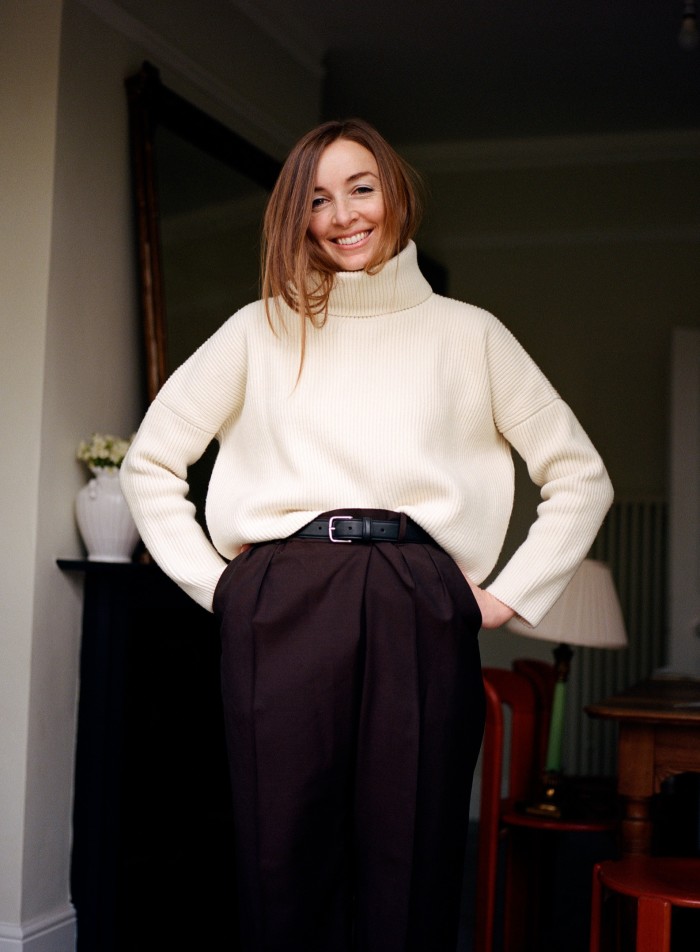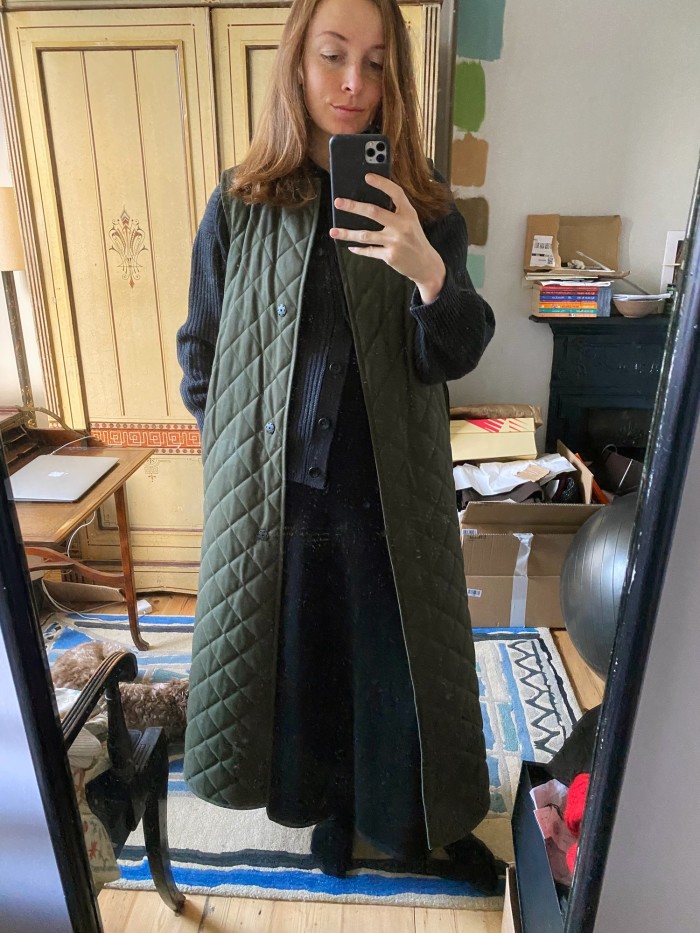I pledged to buy only five fashion things in 2023. How did I do?

Simply sign up to the Sustainability myFT Digest -- delivered directly to your inbox.
Late last year the Hot or Cool Institute, a Berlin-based think-tank researching the intersection of culture and climate, published a study looking at what a “sustainable” wardrobe would look like — a wardrobe that could live comfortably within the 1.5-degree pathway set out by the Paris Agreement and still allow developing nations to increase their consumption to middle-class levels. To achieve that, the study’s authors concluded that people in wealthy countries should be buying no more than five new items per year; in the UK, where our per capita fashion footprint is lower, the number is nine.
And so I took what has come to be known in sustainable fashion circles as the “five things pledge” — limiting my acquisition of clothing, shoes, jewellery, handbags, swimsuits, sportswear and anything that could arguably fall into the “apparel” or “fashion” categories to five items (there is no limit on second-hand purchases). In 2022, I had bought 20 things.

For the record, I don’t believe that individuals can shop — or not shop — their way out of the climate crisis. For that we need a complete phaseout of fossil fuels, carbon-tax-funded investments in clean energy, and a shift to a plant-based food system. But I also believe it’s important to try to live by one’s values, and bemoaning climate change while doing nothing to reduce my own impact feels wrong.
I also had the creeping sense that I needed to “reprogramme” my shopping habits. I came of age buying almost everything online, and having it appear on my doorstep in 48 hours as a matter of course. Convenient, yes, but undoubtedly bad for the environment. (Amazon, the company that trademarked one-click ordering in the US, emitted 71.27mn tonnes of carbon dioxide equivalent in 2022, about the same as Morocco.)
I began the year by trying to hold off from buying anything new as long as possible. This only lasted until late March when, persuaded I had nothing lightweight enough for a work trip to India, I ordered a Sacai-esque black nylon midi skirt. This was followed by two pairs of trousers from The Row and a T-shirt I absolutely did not need, but which I threw into a suitcase for the FT’s Business of Luxury summit in Monaco in May. (As it would turn out, nearly all of the new things I bought in 2023 would prove to be panic purchases.)
It was on the last day of the summit, and mere hours after I’d cut the tags off the second pair of trousers, that I found out I was pregnant. Thankfully that black skirt had an elastic waist, and I staved off shopping until late September, when I arrived at Milan Fashion Week with a carry-on suitcase only to discover that I could no longer button the trousers I’d worn in London just two days before. I shamefacedly slunk into Cos for a couple of stretch knit skirts that I have worn almost every day through to the final weeks of my pregnancy. Three oversized knits, a silk striped shirt (also oversized) and two pairs of maternity-friendly yoga leggings, bought on my return, brought my end-of-year tally to 12.

So yes, I failed. But I’d like to think it wasn’t a total waste. Managing to limit my purchases to five things — at least for the first nine-and-a-half months of the year — did fundamentally change the way I shop.
Second-hand fashion sites, which I’d previously only browsed to track down a rare catwalk piece or to pass time on the train, became the starting point for every shopping journey. Why buy a Margaret Howell T-shirt brand new, when a gently used one in a similar colour can be found within a few minutes on eBay? Other pieces required more patience — it took almost the whole year to track down a pair of studded suede Alaïa flats that were sold out everywhere in my size, and ultimately I had to pay above-retail to secure them second-hand.
These habits carried over to non-fashion purchases too. At home, fabric for headboards, curtains and cushions were sourced from Katharine Pole, auctions and eBay; garden tools came refurbished from Garden and Wood. My partner and I were able to buy nearly all of our baby stuff — and there is so much stuff you’re supposed to buy — via second-hand marketplaces. It took a bit of legwork, but it was satisfying.
There were other benefits to shopping less: being able to spend a bit more on individual items without agonising over whether I’d regret it later; the lower credit card bills.
But there were also drawbacks. I avoided evening events after becoming pregnant because I didn’t want to be tempted into buying something new. I was also frequently frustrated by second-hand marketplaces’ almost universally terrible return policies. While I was able to secure a refund on a pair of obviously defective fisherman’s sandals from Vestiaire Collective after a series of back-and-forth emails and shipping them to an authentication centre, my only option for pieces that were merely uncomfortably or poorly fitting was to relist them on the site. With policies like these, second-hand marketplaces won’t ever compete with the convenience and security of retailers who sell luxury goods new.
Would I take the pledge again? I will next year, to make up for this one. After that I think I’ll set my limit at nine things — still living within planetary boundaries by UK standards, and a number I can probably manage to shop within.
Comments